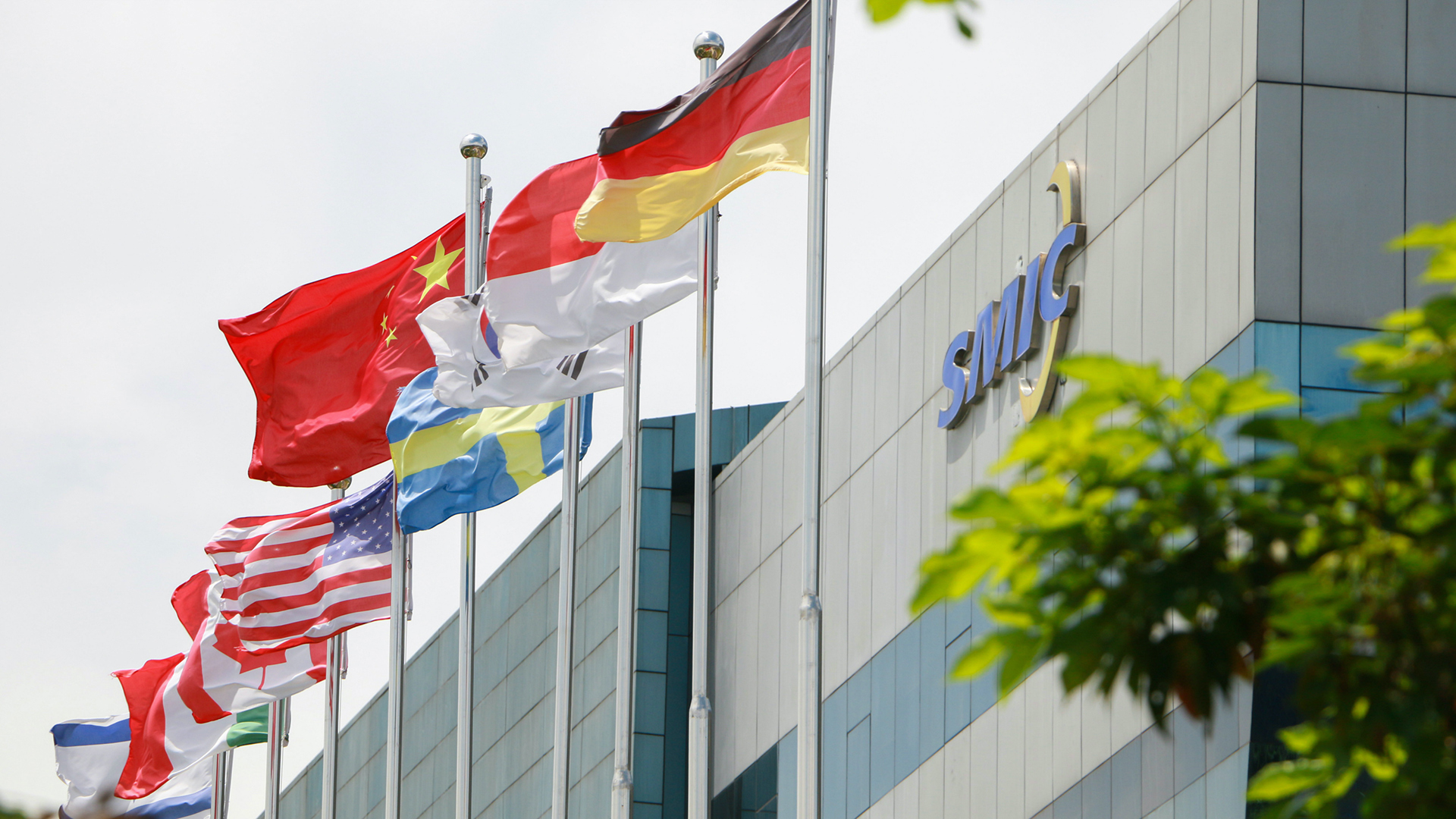China chipmaker SMIC on track to produce sanctions-busting 5nm processors for Huawei this year: Report
SMIC closes in to mass produce 5nm processors.

Semiconductor Manufacturing International Corp. (SMIC), China's national chip champion, is on track to mass produce processors on its 5nm-class process technology later this year, according to a Financial Times report that cites two sources with knowledge of the matter. Huawei's HiSilicon chip development arm will be SMIC's alpha customer for its 5nm node and is expected to make AI and smartphone processors.
SMIC has reportedly established new semiconductor production lines in Shanghai to mass-produce chips designed by technology giant Huawei on its 5nm fabrication technology. As expected, the company's 5nm-class manufacturing process will not rely on extreme ultraviolet (EUV) lithography as the company cannot get appropriate tools from ASML. Instead, SMIC will use 'stockpiled' deep ultraviolet (DUV) lithography tools, according to the Financial Times.
It remains to be seen what power, performance, and area advantages SMIC's 5nm-class process technology will offer. Meanwhile, some experts believe that this production node will enable Huawei to substantially upgrade its smartphone performance this year.
SMIC is expected to produce at least two chips for Huawei's HiSilicon: a highly integrated Kirin system-on-chips for smartphones and the rumored Ascend 920 processor for artificial intelligence (AI) applications.
But these chips will come at a cost. Three individuals connected to Chinese fabless chip designers reported that SMIC's pricing for its 5nm and 7nm products is 40% to 50% higher than what TSMC charges for similar technology nodes. Furthermore, SMIC's 7nm yield is claimed to be less 'than one-third of TSMC's.' This certainly raises questions about the economic viability and efficiency of China's advanced semiconductor production efforts.
"Could this be just a demonstration by Huawei and SMIC to show the Chinese government it can be done?" said Douglas Fuller, an expert on China's semiconductor industry asked rhetorically in a conversation with Financial Times. "If money is no object, then it might happen."
Meanwhile, TSMC has to obtain an export license from the U.S. government to serve Huawei, and in most cases, it cannot obtain one. As a result, Huawei does not have a choice but to use SMIC's services.
Get Tom's Hardware's best news and in-depth reviews, straight to your inbox.
While SMIC's 5nm chips will still be a generation behind TSMC's leading-edge 3nm process technology, they mark significant progress for China's semiconductor industry under the current U.S. export control regime.

Anton Shilov is a contributing writer at Tom’s Hardware. Over the past couple of decades, he has covered everything from CPUs and GPUs to supercomputers and from modern process technologies and latest fab tools to high-tech industry trends.
-
linuxdude Anton Shilov, our expert for the chinese anti-sanction rebellion.Reply
I can't help but to miss the times when anandtech was about true hardware tests, instead of a handfull of freelance writers which most of the time just cite findings made by others. -
KraakBal Who tf is Doug. I'd like to hear about the Chinese market/industry from a Chinese guy at some pointReply -
The Historical Fidelity If their 7nm node has only 33% the good dies of TSMC wafer to wafer, then their 5nm node is going to have a defect rate unheard of in the chip manufacturing world. But that’s about right using DUV to build feature sizes >= 10x smaller than the light wavelength used. The only technique they could use is quad patterning which introduces 3 additional exposures thus compounding defects by 3x. Also, having to produce an additional 3x masks is not cheap.Reply
It’s interesting from a scientific standpoint that SMIC has been able to make 5nm class transistors without EUV, however TSMC, Samsung, Intel, and IBM did the same thing in the beginning stages of 7nm and 5nm R&D as EUV was not available yet, and they were simply trying to produce working transistors to validate their design work and knew it was not economical, so to push this costly and defect ridden process into wide scale production is “Austin Powers: I too like to live dangerously” territory lol. -
nookoool Replylinuxdude said:Anton Shilov, our expert for the chinese anti-sanction rebellion.
I can't help but to miss the times when anandtech was about true hardware tests, instead of a handfull of freelance writers which most of the time just cite findings made by others.
LOL, i think anyone can make a tech or news site blog these days. I think every article I have read here has been 90% copied from another site or a "little better than google english translation of a chinese tech site". The tricky part is to get a good stream of people reading and commenting